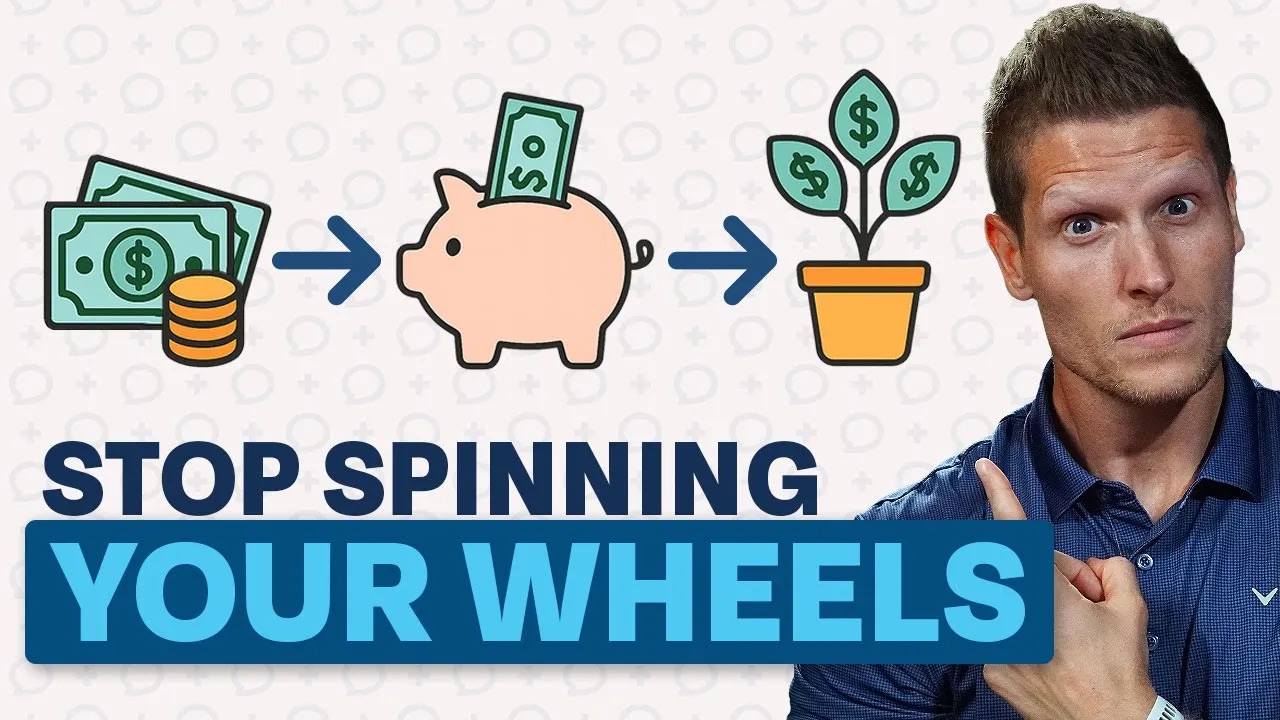
We know that 8 out of 10 millionaires credit their 401(k) as playing a major role in their wealth-building, yet 35% of Americans don’t even contribute enough to their 401(k) to get the full employer match. It’s no secret that many Americans are behind in saving for retirement, but you can set yourself apart by knowing how to best utilize your retirement accounts to maximize your wealth-building.
Where do you save?
You most likely won’t be saving everything in your 401(k); normally it makes sense to get your employer match before saving in other retirement vehicles, but after that it may not be more advantageous to save in your 401(k) over an IRA. Employer-sponsored retirement plans may have higher fees than your IRA and not as many investment choices. You may also not be able to put Roth dollars into your 401(k) account like you can with a Roth IRA. Health Savings Accounts, or HSAs, offer a triple tax advantage and may also be a more advantageous place for retirement dollars than your employer-sponsored retirement plan (after getting your employer match, of course).
Even if your 401(k) has fees on the higher side and investment choices that aren’t perfect, it still may be a good idea to max out your tax-advantaged retirement accounts before moving on to taxable accounts. Watch our full “Financial Order of Operations” show on YouTube for a closer look at how to prioritize your retirement savings and the rest of your financial goals.
How much should you save?
It’s difficult knowing exactly how much you should save because it’s different for everyone. Your income, how much you have saved currently, and age all factor into how much you should be saving. To get an idea of what a reasonable savings rate is, we first have to make some assumptions. Let’s assume that you’ll be spending less in retirement, and need enough retirement savings to replace 60% of your pre-retirement income (not including Social Security). We’ll assume a 6% annual rate of return and wage growth of 1.5% per year, and that you decide to retire at 65.
How much to save in your 20s
In your 20s, your money has the longest time to grow and your dollars are extremely powerful. If you start saving at age 20, you should aim to save at least 9% of your gross income in order to be on track to replace 60% of your income in retirement. If starting at 25, you should aim for 11%, and 29-year-olds should aim for 14%. Of course, we don’t think you should stop there! You should strive to save 20% to 25% of your gross income for retirement, and if you’re able to do that in your 20s, you’ll be on the fast track to building wealth. By the time you reach age 30, you should aim to have about 1.2x your income saved for retirement.
How much you should save in your 30s
In your 30s, you’re still young, but if you haven’t started saving anything yet, it will be a little more difficult to get caught up with your younger peers. If you are 30, you should aim to save at least 15% if you want to replace 60% of your income in retirement. At 35, that number goes up to 19%, and at 39 that number is at 24%. Although you do need to save more than those in their 20s, you likely already have some retirement savings built up. If you start from nothing in your 30s, you can still replace a good portion of your income in retirement with a reasonable savings rate. At age 40, you should have around 2.6x your income saved for retirement.
How much you should save in your 40s and beyond
If you don’t start saving until your 40s, it will be a lot harder to replace a large percentage of your income in retirement, but still not impossible. At 40, you would need to be saving about 26% of your gross income to replace 60% of your income in retirement. At 45, you need to be around 36%, and at 49 you may need to save nearly half of your gross income, 48%. If you wait until late in the game to start saving, it’s still possible to have a nice retirement, but you may have to save more aggressively or even think about delaying retirement by a few years. By age 50, you should have about 4.8x your income saved for retirement. That number grows to 8.1x by age 60 and about 10x by retirement.
Starting to save early will put you on a great track towards building wealth, but not everyone starts early. Even if you don’t start until later in life, it’s still possible to save enough to have an abundant retirement. It’s good to check yourself every now and then, and see how you stack up against your peers. Watch our latest show, “Average 401(k) Balance by Age (2020 Edition): Are You Behind?” on YouTube below to see how much you need to be saving, what you should have saved, and how you stack up against your peers.














